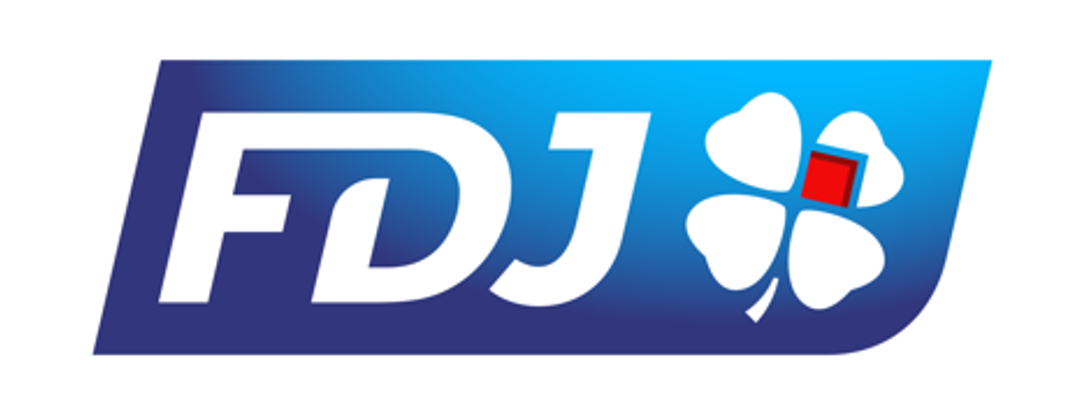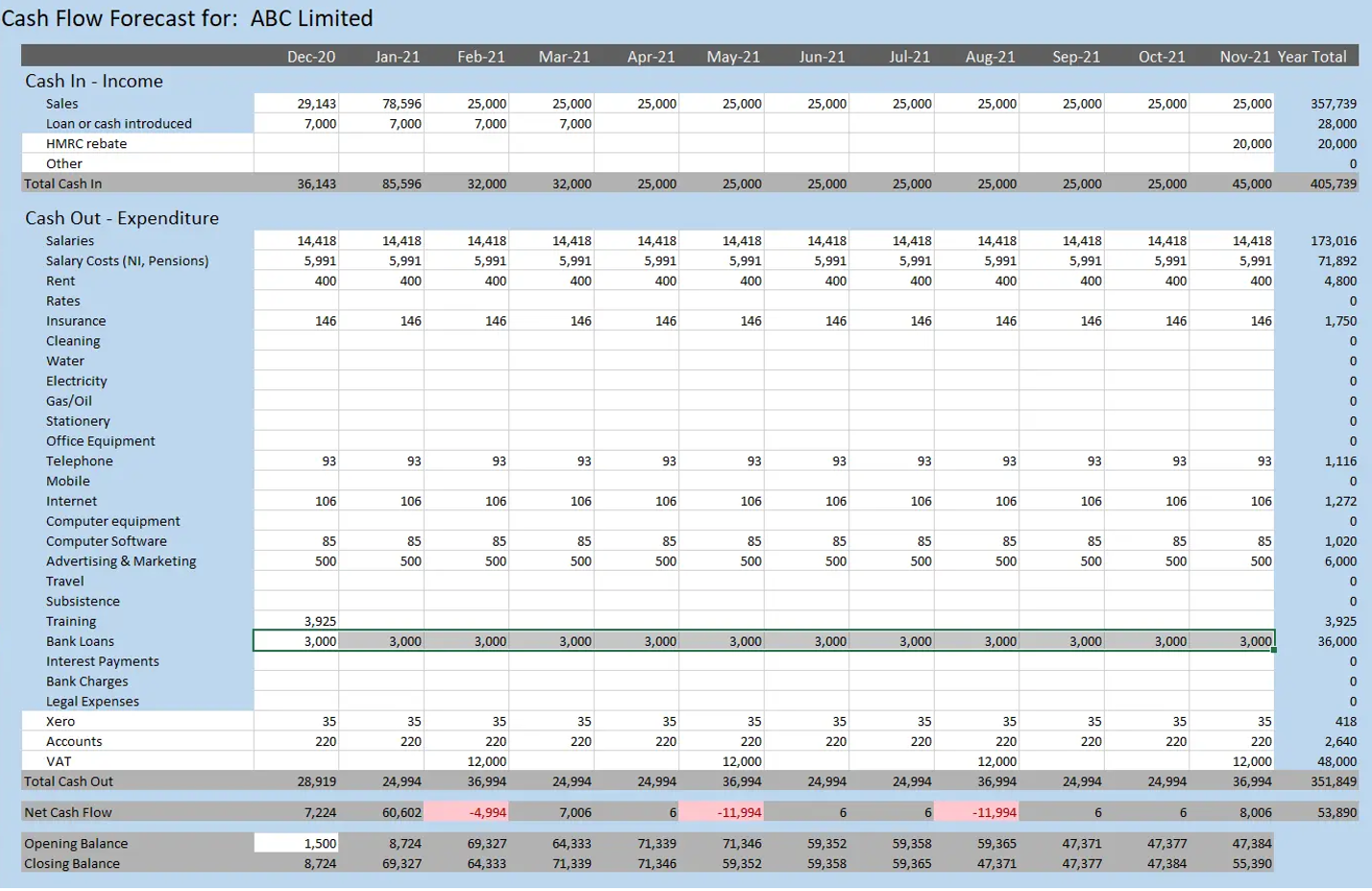My Experience as a Communication Officer at La Française des Jeux (FDJ)

In this article, Lou PERRONE (ESSEC Business School, Global Bachelor of Business Administration (GBBA), 2019-2023) shares her professional experience as a Communication Officer at La Française des Jeux (FDJ).
About the company
La Française des Jeux, more widely recognized by its acronym FDJ, stands as an iconic pillar in the French lottery and gambling arena. Established in 1976, FDJ is not just a corporate entity but an embodiment of French heritage and communal festivities. Over the decades, it has ingrained itself into the very fabric of French culture and tradition, offering a diverse portfolio that encompasses lottery games, instant scratch tickets, and an array of sports betting services.
Functioning as a public entity, FDJ’s significance goes beyond entertainment. It plays a pivotal role in the nation’s economic framework, channeling a substantial portion of its revenues into the state’s coffers. This financial contribution has been instrumental in bolstering various sectors, including social welfare programs, sports development, and numerous cultural endeavors that enrich the French way of life.
Recognizing the winds of change and the digital transformation of the entertainment industry, FDJ has not remained complacent. In recent years, it has undertaken a digital metamorphosis. By harnessing the latest technological advancements, FDJ has unveiled a suite of online gaming experiences and user-friendly mobile applications. This digital leap is a testament to FDJ’s commitment to evolving with the times and catering to the preferences of a wide-ranging user base, from traditionalists who have been with the company since its inception to the tech-savvy younger generations seeking on-the-go entertainment solutions.

Source: the company.
My apprenticeship
Embarking on my journey with FDJ as a Communication Officer wasn’t just the beginning of a new job; it signified my induction into a vibrant ecosystem, pulsating with innovation, challenges, and endless learning opportunities. FDJ, with its rich history and significant national footprint, presented a unique landscape where tradition intertwined with modernity. This duality was reflected in every facet of my work, whether communicating the time-honored joy of a lottery win or promoting the cutting-edge digital interfaces of our latest gaming apps.
In the heart of this dynamic environment, my role was multifaceted. While the title ‘Communication Officer’ might evoke images of drafting press releases or handling social media, the reality was a tapestry of responsibilities that spanned across strategic planning, content creation, media relationship management, and more. The position was a constant balancing act: upholding the legacy and values of FDJ while simultaneously pushing the envelope, striving for innovation, and setting new benchmarks in the realm of corporate communication.
Each day presented its unique set of challenges. From navigating the intricate nuances of communicating gaming responsibly to orchestrating large-scale promotional events during national festivals, my role was as much about creativity as it was about strategy and meticulous planning.
One of the most enriching aspects of my apprenticeship was the diversity of people I interacted with. From seasoned professionals who had witnessed FDJ’s transformation over decades to young innovators brimming with fresh ideas, every interaction was a lesson in itself. These encounters not only honed my communication skills but also broadened my perspective, enabling me to view challenges as opportunities and to approach problems with a multifaceted lens.
My missions
Strategy Formulation
Every campaign began with in-depth brainstorming sessions. Collaborating with various internal teams, I led ideation stages, where we’d evaluate current market trends, assess FDJ’s positioning, and devise innovative communication strategies. For each campaign, we identified our target demographics, created tailored messages, and chose the most effective communication channels – from traditional billboards to emerging social media platforms.
Content Creation
This wasn’t simply about drafting text; it involved creating a narrative. Each press release or promotional material told a story, resonating with our audience’s aspirations and emotions. I also collaborated closely with our in-house graphic design team, ensuring visual elements impeccably echoed our narratives. For digital campaigns, A/B testing became a routine, helping us fine-tune our content for maximum engagement.
Event Coordination
FDJ’s presence at exhibitions and conferences wasn’t just about setting up a booth. Each event was an opportunity to entrench our brand deeper into the public consciousness. I meticulously planned every detail, from the booth’s design to the merchandise distributed. Training the staff for these events became pivotal; ensuring they not only knew about FDJ’s offerings but also imbibed the company’s ethos in every interaction.
Media Relations
Building and nurturing relationships with journalists, bloggers, and influencers was crucial. Regular media briefings were organized, where we’d discuss FDJ’s latest ventures, answer queries, and sometimes even handle challenging questions regarding industry controversies. Managing media relations was not just about promoting our brand but also about ensuring FDJ’s voice was accurately represented in the public domain.
Required skills and knowledge
In my dynamic role as a Communication Officer at FDJ, I quickly realized the vast spectrum of responsibilities and the ever-evolving landscape of skills required. Central to my role was the art of communication, both written and oral. Crafting press releases, coordinating with media personnel, or pitching fresh ideas, I always aimed for clarity and resonance with the audience. It was equally important to adapt my tone and style to match the specific audience and occasion.
But communication wasn’t just about creating the message; it was also about measuring its impact. Here, the world of data analytics became an invaluable ally. Metrics like engagement rates and conversion rates offered a window into the effectiveness of our campaigns and highlighted areas ripe for improvement. As the digital world expanded, I delved deeper into tools like Search Engine Optimization (SEO) and Search Engine Marketing (SEM) to ensure FDJ’s prominence in the vast online landscape.
One of the most critical facets of my role was crisis management. While not every day brought a storm, being prepared for them was essential. Specialized workshops in crisis communication provided the knowledge and tactics to manage challenges and ensure FDJ’s reputation remained impeccable.
Understanding FDJ’s brand essence allowed for the creation of cohesive narratives across all communication platforms, fostering consistency and a deeper connection with the audience. The world of communications is vast, and every project came with its timelines and nuances. Efficiently organizing, prioritizing, and monitoring became second nature to me, aided by tools and platforms that ensured timely delivery and informed stakeholders.
Visual storytelling, an integral part of modern communication, often saw me collaborating closely with graphic designers. A foundational understanding of design tools ensured that our visual campaigns harmoniously merged with our narratives. Beyond internal collaborations, my role also demanded external networking. Building genuine relationships with media representatives, influencers, and other industry stakeholders was pivotal. Regular participation in industry events kept me connected and informed about the latest trends.
The digital realm further expanded with platforms like WordPress and Joomla playing a pivotal role. Even a basic grasp of these Content Management Systems smoothed interactions with the IT team, ensuring our online content was always up to date. Given FDJ’s diverse audience, cultural awareness was of paramount importance. Recognizing and respecting cultural nuances ensured our communications were not just well-received but also deeply resonated with our varied demographic.
This journey was more than just a job; it was a continuous learning experience, ensuring I stayed abreast with the best practices and evolving trends in the world of corporate communication.
What I learned
Adaptability
Thriving in a dynamic environment like FDJ was an exercise in adaptability. The rapidly shifting terrain of the gaming and gambling industry, influenced by evolving market trends, customer behavior, and technological breakthroughs, taught me that flexibility wasn’t just an asset—it was a necessity. Whether it was adjusting campaign strategies in response to unexpected market shifts or incorporating feedback from real-time analytics, I learned the importance of being agile, proactive, and receptive to change. It wasn’t just about adjusting to change but leveraging it to foster innovation and drive growth.
Collaboration
My role at FDJ was not siloed; it was deeply intertwined with various departments, from marketing and digital to events and customer service. This cross-functional collaboration was a masterclass in teamwork. I realized that the success of a campaign or project was often the culmination of diverse inputs, insights, and expertise. Engaging with colleagues from different backgrounds and specializations enriched my perspective, helping me appreciate the value of collective brainstorming and problem-solving. It emphasized the importance of open communication, mutual respect, and the synergies created when individuals come together with a shared purpose.
Strategic Thinking
Beyond the day-to-day tasks and immediate goals lay the broader vision of FDJ. My tenure taught me the significance of strategic foresight. It wasn’t enough to create impactful campaigns; these campaigns needed to be aligned with FDJ’s long-term objectives and brand ethos. I learned to view projects not as standalone endeavors but as interconnected pieces of a larger puzzle. By keeping an eye on the bigger picture and anticipating future trends, I could make decisions that not only addressed immediate challenges but also positioned FDJ for sustained success in the years to come.
Financial concepts related my internship
Return on Investment (ROI )
In the intricate realm of communication, the concept of Return on Investment (ROI) transcends its traditional financial boundaries. For every campaign I led or contributed to at FDJ, the metrics weren’t limited to immediate financial returns. We delved deep into intangible metrics like brand recall, media impressions, and customer sentiment analysis. Parameters such as engagement rates, share of voice in media, and other key performance indicators (KPIs) served as compasses, guiding our strategic adjustments. These metrics, while not directly financial, held significant implications for FDJ’s long-term revenue potential. An impactful campaign with high brand recall, for instance, could drive customer loyalty, leading to repeat purchases and sustained revenue streams.
Budget Management
Managing a campaign’s budget wasn’t just about allocation; it was a strategic endeavor in its own right. With every campaign at FDJ, we had to ensure that the funds were deployed where they’d yield the most impact. This involved making tough decisions, prioritizing certain channels over others, and sometimes innovating cost-effective solutions without compromising the campaign’s efficacy. Regular tracking of expenses, juxtaposed against campaign milestones and KPIs, ensured that we remained within the stipulated budgetary confines. Through continuous monitoring and adaptive allocation strategies, I learned the delicate art of optimizing returns while maintaining fiscal discipline.
Risk Management
Operating in the gambling and lottery sector came with its unique set of challenges, the most paramount being the responsibility towards our customers and stakeholders. While the overarching goal was to promote FDJ’s offerings, it was crucial to strike a balance with responsible gaming narratives. Every promotional message was meticulously crafted to ensure it didn’t inadvertently promote irresponsible gambling behavior. This not only mitigated potential reputational risks but also preempted regulatory backlash. Beyond communications, risk management also extended to assessing financial vulnerabilities in our campaigns, such as over-reliance on a single promotional channel or unforeseen market fluctuations that could impact campaign outcomes.
In conclusion, my apprenticeship at FDJ was a deeply immersive journey, one that sharpened my skills in corporate communication while concurrently highlighting its symbiotic relationship with core business and financial principles. Every campaign, every message, and every budgetary decision was a lesson in strategic foresight, underscoring the intricate balance between effective communication and fiscal responsibility.
Why should I be interested in this post?
If the world of finance and a company’s profitability pique your interest, this article is tailored for you. Through my experience at FDJ, I unveil the communication strategies of a major company and the financial impact of every decision made. From ROI to risk management, and budgetary control, this deep dive provides you with a tangible insight into how communication is shaped by financial imperatives.
Related posts on the SimTrade blog
▶ All posts about professional experiences
▶ Fatimata KANE My internship experience as a marketing intern at Amazon
▶ Ines ILLES MEJIAS My professional experience as a marketing assistant at Auris Gestion
▶ Jérémy PAULEN My Marketing Developer Experience
Useful resources
La Française des Jeux (FDJ)
About the author
The article was written in December 2023 by Lou PERRONE (ESSEC Business School, Global Bachelor of Business Administration (GBBA), 2019-2023).



